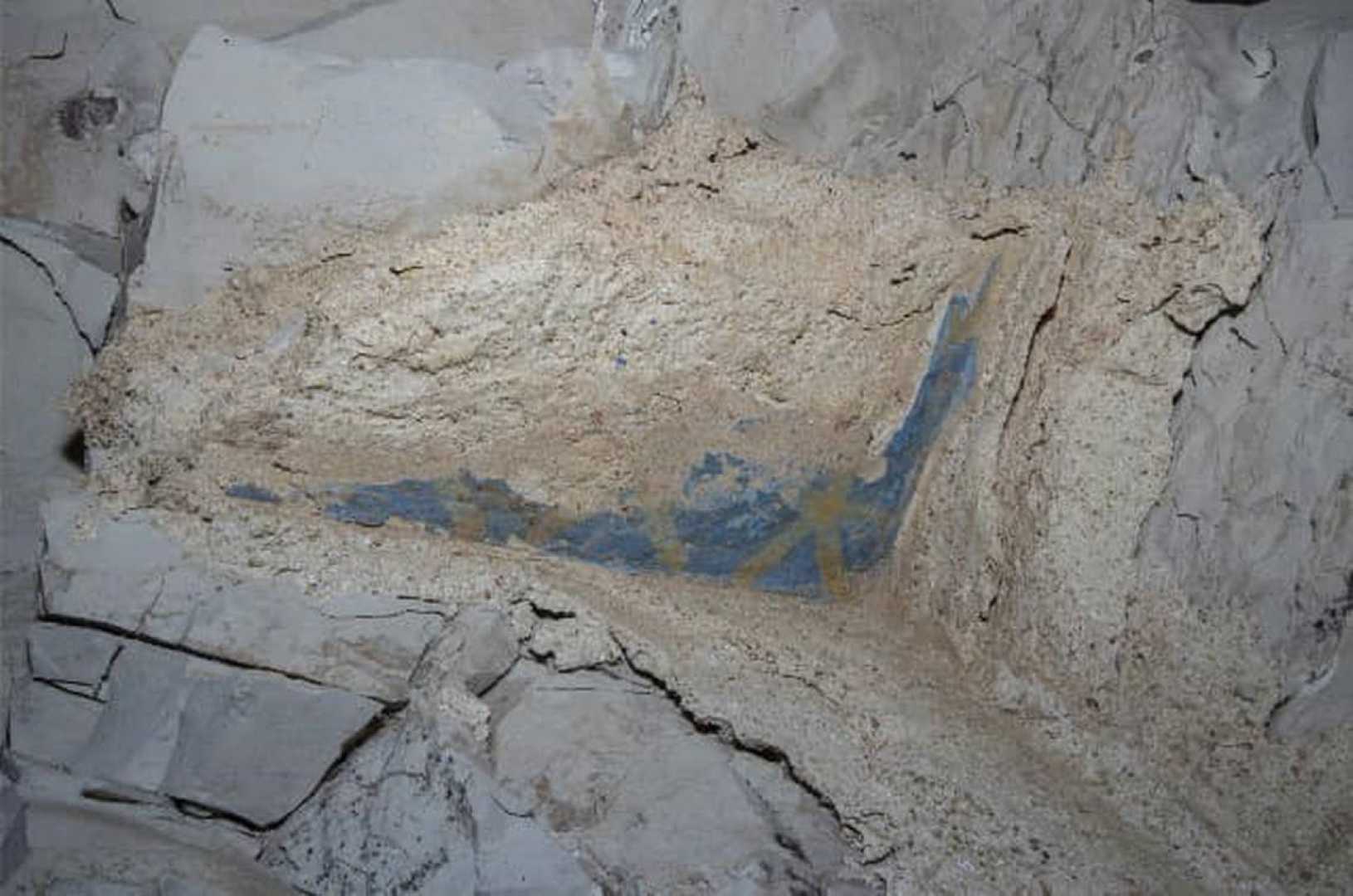World
Discovery of King Thutmose II’s Tomb Shakes Egyptian Archaeology

Luxor, Egypt — Egypt has unveiled a significant archaeological find with the discovery of King Thutmose II’s tomb, the last of the undiscovered royal tombs from the Eighteenth Dynasty. This groundbreaking revelation comes nearly a century after the tomb of King Tutankhamun was unearthed in 1922. The tomb, located in the mountainous area of Thebes west of Luxor, was discovered during joint excavations by Egyptian and British archaeologists.
The Egyptian Ministry of Tourism and Antiquities made the announcement on Tuesday, detailing how evidence found during the excavation confirmed it as the burial site of King Thutmose II. The initial discovery of the tomb’s entrance occurred in October 2022, but at that time, researchers speculated it might belong to a royal consort due to its proximity to tombs associated with the wives of King Thutmose III.
Dr. Mohamed Ismail Khaled, Secretary-General of Egypt’s Supreme Council of Antiquities, described the moment of discovery as pivotal. “When we uncovered the main passage, we initially thought it could be a queen’s tomb. But as the excavation proceeded, inscriptions were found that clearly indicated it belonged to King Thutmose II,” Khaled stated.
Artifacts uncovered in the tomb included parts of alabaster vessels inscribed with the name of Thutmose II and references to Queen Hatshepsut, his wife and half-sister. Khaled emphasized that these artifacts are crucial for understanding the period’s burial practices and royal lineage. He called the find one of the most significant archaeological breakthroughs in recent years.
The tomb, however, is in a deteriorated condition. Flooding following Thutmose II’s burial likely led to the loss of most contents, the Supreme Council of Antiquities revealed. “Early assessments show that much of the burial artifacts were relocated after the site was damaged by floods,” stated Mohamed Abdel Badie, Head of the Egyptian Antiquities Sector.
Inscriptions and fragments of funerary texts were found, including passages from the Book of the Amduat, an essential funerary text in ancient Egypt. The tomb’s architectural design reflects the styles of subsequent rulers, according to Dr. Piers Litherland, head of the British team working on the site. “Our findings suggest a significant royal presence in this tomb, indicated by the ornate ceiling design and depictions not typically found in queens’ tombs,” Litherland said.
Reports indicate that the tomb is about 29 meters long and features a square burial chamber. Although elements indicate that the tomb was emptied shortly after its construction, the location of Thutmose II’s complete burial remains uncertain, with some artifacts possibly relocated to an undiscovered second tomb.
Thutmose II, who ruled around 3,500 years ago, was an ancestor of Tutankhamun. Historical accounts note his military campaigns in Nubia and the eastern Mediterranean. His reign lasted approximately five years, though some scholars suggest it was longer. The discovery of his tomb not only enhances our understanding of his era but also adds to the rich history of Egypt’s 18th Dynasty.
This archaeological milestone drives interest in the region, which hosted about 15.7 million tourists in the past year and aims for 18 million visitors by 2025, partly due to the anticipated opening of the Grand Egyptian Museum near the pyramids in Giza. The Ministry of Antiquities reiterated that the discovery is expected to draw visitors eager to explore the narratives of ancient Egypt.












